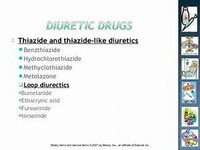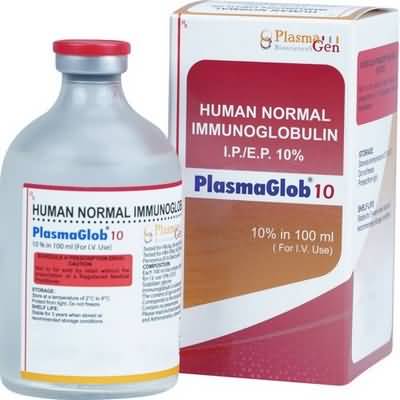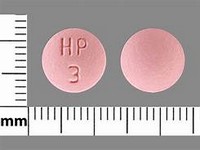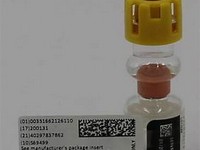Calcium acetate

Calcium acetate
CLINICAL USE
Phosphate binding agentDOSE IN NORMAL RENAL FUNCTION
1–4 tablets, 3 times dailyPHARMACOKINETICS
DOSE IN RENAL IMPAIRMENT
GFR (mL/MIN)
DOSE IN PATIENTS UNDERGOING RENAL REPLACEMENT THERAPIES
IMPORTANT DRUG INTERACTIONS
Potentially hazardous interactions with other drugsCan impair absorption of some drugs, e.g. iron, ciprofloxacinADMINISTRATION
Reconstition
–Route
OralRate of Administration
–Comments
Take tablets with mealsOTHER INFORMATION
Calcium acetate (anhydrous): calcium content per gram = 250 mg (6.2 mmol).
See how to identify renal failure stages according to GFR calculation
See how to diagnose irreversible renal disease
Home








